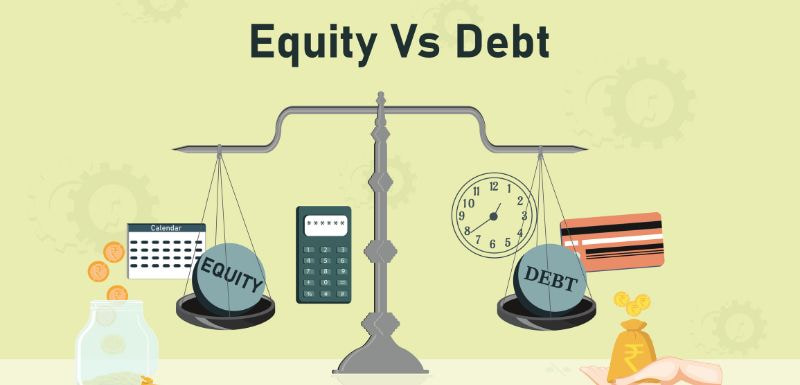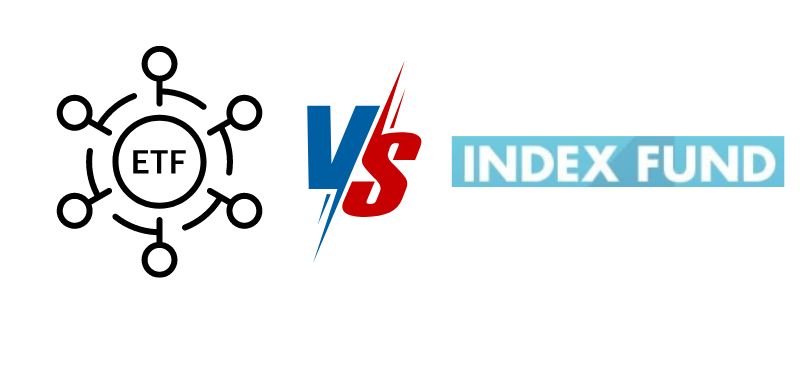Fund Houses Are Launching NFOs: Are They Different From IPOs? Should Investors Invest in NFOs?

When stock markets are near or at all-time highs, along with IPOs from companies, you see a rush of NFOs from mutual fund houses. In May 2024, the HDFC Manufacturing Fund NFO raised a huge Rs. 9,563 crores.
As per the AMFI website, as of 16th June 2024, five NFOs are open for subscription. In this article, we will discuss what are NFOs, how are they different from IPOs, and whether investors should subscribe to NFOs.
What Are NFOs?
A new fund offering (NFO) is an invitation from the mutual fund house to investors to participate/subscribe to the new mutual fund scheme being launched. The NFO is open for subscription during the specified dates. The fund house specifies the scheme details like objectives, investment strategy, offer price (Rs. 10 per unit), minimum investment amount, and other details. Once the NFO ends, the scheme is opened for regular subscription after a few days.
The NFO subscribers are offered the scheme units at a net asset value (NAV) of Rs. 10/unit. The fund manager deploys the money collected during the NFO over a period of time as per the scheme objectives.
How Is an NFO Different From an IPO?
The IPO money is raised by a company getting listed. The amount of money to be raised, the purpose for which it is being raised, the number of shares to be issued, etc., are specified. In the case of an NFO, the AMC raises the money for a new scheme. In an NFO, there is no limit to the amount of money that can be raised and the number of units that can be issued against the funds raised.
The IPO shares may be issued at a discount, at par, or premium to the face value. Depending on the demand and supply for the company shares, the shares may get listed at a discount or premium to the IPO issue price. In an NFO, the units are issued at par (Rs. 10/unit). There is no scope for listing gains in an NFO.
Should You Invest in an NFO?
Investors may avoid investing in NFOs in most cases. Some of the reasons for it include the following.
1) NFOs Are Not Cheap
While recommending an NFO, the common sales pitch used is that it is being offered at a cheap price. However, it is important to note that NFOs are not cheap, even though the units are offered at an NAV of Rs. 10/unit. Getting the scheme units in an NFO at Rs. 10/unit doesn't mean you are getting the underlying securities that the scheme will invest in at cheap valuations. The post-NFO NAV is usually compared with the higher NAV of other schemes in the same category. However, that is not a fair comparison at all.
In the case of a mutual fund scheme, it is not the NAV at which it is offered that matters. For an investor, the growth prospects of the scheme NAV matter. It is these growth prospects that will add to your returns. However, at the time of NFO, there are no underlying securities in the scheme portfolio. Hence, you cannot analyse the growth prospects of the scheme NAV.
So, when someone pitches you an NFO at a par value of Rs. 10/unit, don't fall into the cheap value trap. Also, with NFOs, there is no FOMO (Fear of Missing Out) on the listing gains, as it may happen in the case of an IPO.
2) There Is No Performance Track Record
As the scheme is being newly launched during the NFO, there is no past track record to analyse the scheme performance. In case of a new scheme, you will get to know about the scheme portfolio only a few days after the NFO closes. The scheme has not gone through multiple market cycles. Hence, investors should wait and observe the scheme’s performance across market cycles.
You should observe whether the drawdown is less compared to the benchmark index and its peers during a market downturn. Similarly, when the market recovers and resumes the uptrend, you should observe whether the scheme outperforms the benchmark index and its peers. More importantly, you should observe the consistency of returns over a period of time.
If you want to invest in a mutual fund scheme in a particular segment, sector, or theme, you should look at schemes that have been in existence for the past few years. You will have data to analyse the performance. Accordingly, you can invest in such a scheme rather than in the NFO of a scheme in the same segment, sector, or theme.
3) They Are Launched When the Market/Sector/Theme Is Doing Well
Most fund houses launch NFOs when the overall market is doing well. In a bull market, most stocks run ahead of their historic valuations. So, by participating in an NFO during that time, you will be buying stocks at expensive valuations.
Similarly, sectoral and thematic funds are launched when a particular sector/theme is doing well. Participating in an NFO during that time will have limited scope for wealth creation. For example, in 2024, we are seeing NFOs in sectors/themes like manufacturing, defence, PSUs, transportation and logistics, etc. The stock prices of companies in these sectors are trading at high valuations, leaving little margin of safety and limited scope for appreciation.
Also, once the market cycle turns and if there is a deep correction, there will be mean reversion. Due to the correction in stock prices, the NAV of your scheme units will fall. You will be sitting on lower gains or a loss on the units bought during the NFO at expensive valuations.
For example, during the 2004-2008 bull run, infrastructure was the flavour of the market. Fund houses came out with infrastructure funds. Investors who invested in these funds during this period, their money was invested in infrastructure stocks trading at expensive valuations. Later, when the subprime crisis hit, infrastructure stocks took one of the biggest hits. So, investors holding units of infrastructure funds saw their gains evaporate or were left sitting on losses as they invested in companies at expensive valuations during and post the NFO.
When Should You Invest in an NFO?
There are a few occasions when investing some amount in an NFO may make sense. These include instances of an index fund NFO where you already know what the investment portfolio will be. If the NFO fills some existing gap in your portfolio or some new category product has been launched, you may consider the NFO.
For example, till about a year back, there was no microcap index fund. When the first microcap index fund was launched, it would have made sense to invest some amount in the NFO if the scheme suited your risk profile. Even in such instances, huge lumpsum investments in the NFO should be avoided. You should invest a small amount in the NFO and start a monthly SIP for the long term.
Mutual Funds: Past Track Record Matters for Making an Investment Decision
In the ongoing bull market, you will come across a number of NFOs. It is recommended you consult an investment advisor who can advise you on how to build an investment portfolio. It is better to avoid NFOs as there are many existing schemes with a proven track record to choose from for investing towards financial goals. The investment advisor can guide you on how to select the best mutual funds from the existing ones.
It is important to invest in a fund based on an investing process that considers an individual's unique financial situation. You should follow a process-led investment approach rather than a product-led investment approach. The investment advisor can help you follow the process-led investment approach by listing your financial goals, making a goal plan for each, recommending the appropriate financial products, investing in them, regular follow-ups, and handholding till the goals are achieved.
Your Investing Experts
Relevant Articles
How To Select The Best Mutual Funds For Long Term Goals
Mutual funds offer a compelling way to invest for long-term goals, leveraging professional management and diversification to potentially achieve significant returns. But with a vast array of options available, selecting the best mutual funds for the long term can feel daunting. This guide will equip you with the knowledge to confidently navigate the mutual fund landscape and learn how to select the best mutual fund aligned with your long-term aspirations.
Understanding Debt and Equity Funds: Key Differences and Benefits
Investors can choose from different types of mutual funds depending on factors like investment time horizon, return expectation, lock-in period, taxation, risk involved, etc. You can look at equity funds for growth and debt funds for stability. In this article, we will understand what are equity funds and debt funds, the difference between equity and debt mutual funds, and things to consider before choosing these funds.
ETFs Versus Index Funds: What Are the Differences, and Which One Should You Choose?
In the last few years, there has been a rise in passive investing due to factors like diversification, low costs, wide availability and choice of passive funds, ease of investing, etc. When it comes to passive investing, there are two ways of doing it. Exchange traded funds (ETFs) and index funds. In this article, we will understand what are ETFs and index funds, the differences, and which one you should choose.
.png)


